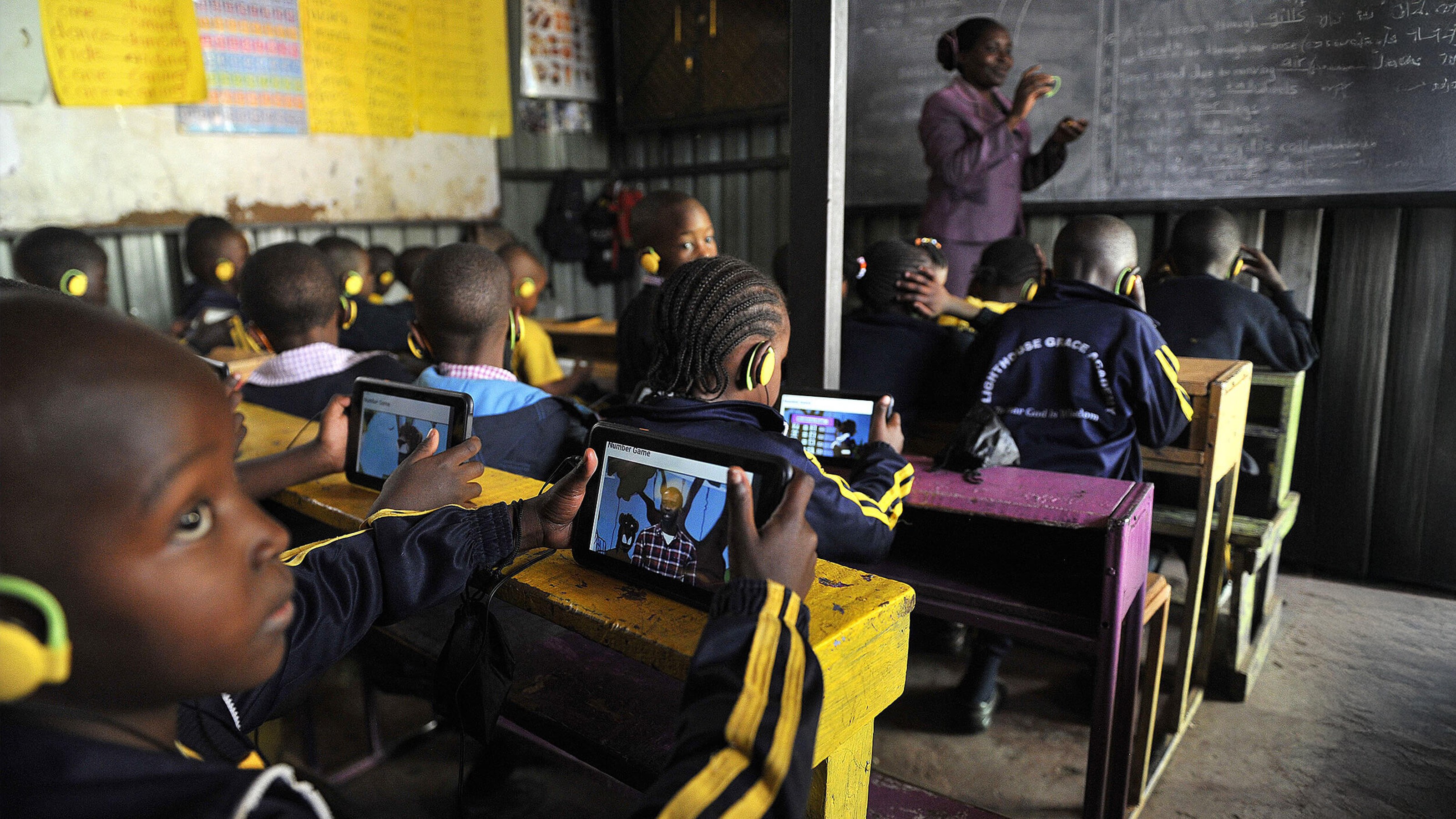3 Tips for Managing Cultural Diversity at Work

Cultural diversity is not only an enormous issue for organizations of all sizes—it’s an inevitable fact of life in our increasingly globalized economy. Companies can benefit greatly from the variety of perspectives and experiences that diversity at work can offer because it can help to boost innovation and flexibility in the face of major changes.
However, managing cultural diversity at work can be challenging. Creating a cohesive organization out of many different backgrounds, belief systems, cultural values, and other aspects of diversity can take a considerable amount of time and effort.
Effectively managing cultural diversity at work helps every employee feel welcome, encourages them to be active participants in company decisions, and can even help boost the organization’s reputation so that it attracts more of the best and brightest new talents. With this in mind, here are a few tips for managing cultural diversity at work:
1) Address Unconscious Bias
Management expert Jennifer Brown often talks about the importance of cultural diversity at work and how to best manage it. In one video for Big Think, she talks about the impact of unconscious biases, those preconceptions, thoughts, and feelings that people hold without even necessarily realizing it. These assumptions can negatively impact the workplace experience for others as it influences how they’re treated by coworkers.
In the video, Mrs. Brown highlights an example of how unconscious biases can affect women in the workplace, saying that:
“The story that I think summarizes it best is sort of a composite of the sorts of conversations that are had with female talent and typically male managers, sometimes female managers. And it revolves often around family choices and flexibility arrangements that the female employee may be seeking but may not be seeking.
But the assumption – and this is where the unconscious bias comes in – is that, the assumption is that it is impacting her choices and that we know what those choices might be. So it is really the assumption that all women care about X, Y, Z. All women are struggling with X, Y, Z. Even just assuming that women need and want balance and that it is defined in the same way across all women is not true.”
This example is important in demonstrating that those in charge of selecting candidates for promotion might be susceptible to overlooking female employees because of assumptions about their intrinsic values/needs that could conflict with leadership roles and responsibilities.
Countering these unconscious biases can be difficult, as many people don’t even realize they’re engaging in biased behavior. One strategy that Jennifer Brown suggests is for everyone to “lean into the discomfort, that we try to learn more and we ask more questions and make fewer statements and fewer assumptions” and “check for understanding.”
In other words, the best remedy to unconscious bias is to ask questions, get out of our own comfort zones, and really get to know individuals rather than making assumptions based on a few broad details about a person.
2) Bridge the Power Gaps in Your Organization
In a post for Big Think, Jane Hyun, the President and Founder of leadership development firm Hyun & Associates, addresses a problem within organizational hierarchies—power gaps between employees at different levels of the organization. As noted in the article, these power gaps have the effect of “alienating workers who hold fresh new insights and ideas.”
This can stifle innovation as well as employee engagement, as the alienation these workers feel makes them less likely to actively contribute.
To make all employees feel more engaged and important—and, thus, more likely to contribute their insights and ideas—it’s important to bridge the power gaps that might exist in the organization. Not just between employees and their managers, but between different generational, cultural, and gender groups in the organization as well.
One way to bridge power gaps in an organization that Jane Hyun highlights is for leaders to actively request input from the people around them. As she says in an interview video featured on Big Think:
“I think of one example is Douglas Conant who was a former CEO of Campbell Soup Company, he spent some time as a CEO really looking at how do we increase customer engagement. He was hired at a time where some of those numbers were slipping and he really wanted to look at what were some of the voices that we really can connect to that haven’t been heard to before. And so they spent a few years really looking at the voice of the woman customer. How do we make decisions about our product lines and service lines that can appropriately reflect what they’re looking for? And he worked with Denise Morrison, who is now actually the CEO of the company, to come up with some ideas. And from those conversations the Healthy Request line was born.”
By getting input from Denise Morrison, Conant was able to get a perspective outside of his own personal experience and close the power gap between himself and his team—encouraging active participation. The end result was a new product line, and improved customer satisfaction and engagement.
Encouraging managers/executives to solicit input from their teams can go a long way towards bridging the perceived power gaps and engaging a culturally diverse workforce.
3) Leverage Training for All Age Groups in an Organization
In some organizations, there may be the tendency to focus almost exclusively on younger workers when it comes to providing technical skills training. There are a number of reasons this might happen, such as unconscious biases about being able to get more ROI for training younger workers because they’re more likely to have a longer “lifetime” value than older workers.
However, this does a disservice to members of older generations who may want and benefit from training just as much as younger employees. It also can be a disservice to the organization as a whole by leaving too few workers with the necessary skills to fill critical roles.
As Elissa L. Perry, Professor of Psychology and Education at Columbia University, says in a Big Think video on age diversity in the workplace, “If you only focus on investing in younger people, that’s to your detriment because the workplace is aging and so you’re not going to really have the opportunity to only rely on investments in younger people. You won’t have enough people to work for you.”
By having all age groups included in training initiatives, organizations can better avoid having skills gaps in the workforce. Different age groups, and therefore different sets of experiences, also encourages more productive team conversations and ideas. One potential solution to the challenge of getting different age groups to engage with training is to use mentorship programs. In these programs, an older, more experienced employee can take a younger one under their wing, providing the benefit of their real-world experience to the junior person. Meanwhile, the younger worker can help expose the older employee to technical skills, knowledge, and perspectives that the older person may not possess.
There are many ways to handle the different aspects of cultural diversity at work. If you need more help with handling the challenges of diversity and inclusion in your workplace, please contact Big Think+ today!
Training with Big Think+ can help to encourage cultural diversity at work—largely because our experts come from all over the world. These diverse industry leaders and gurus come from all walks of life to share a variety of skills, experiences, and perspectives that can relate to almost anyone, regardless of age, gender, or cultural background.




